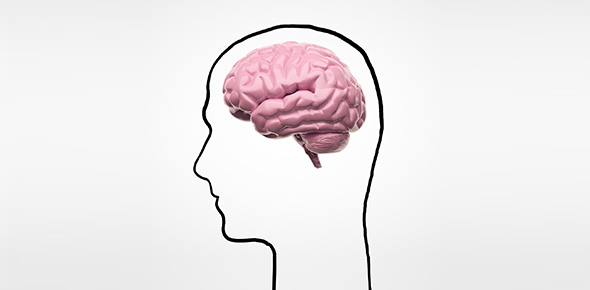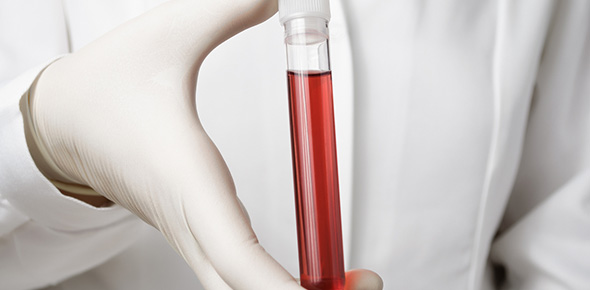Related Flashcards
Related Topics
Cards In This Set
| Front | Back |
|
Simple squamous epithelium tissue
|
Function: Filter, diffusion, secretion, osmosis
Location: Subcutanous layer of the skin, blood vessels
|
|
Simple cuboidal epithelium tissue
|
Function: Secrete and Absorb
Location: Kidney tubules
|
|
Simple columnar epithelium tissue
|
Function: movement
Location: Gastronintestinal tract
|
|
Pseudostratified epithelium tissue
|
Function: Move "pollutants" to the mouth where they are swallowed
Location: respiratory tract
|
|
Stratified squamous epithelium tissue
|
Function: Protect, secrete, and absorb
Location: Skin
|
|
Stratified cuboidal epithelium tissue
|
Function: Protect
Location: Sweat gland ducts
|
|
Transitional epithelium tissue
|
Function: distention
Location: bladder
|
|
Epithelium tissue
|
Cover body surface, lines hollow organs and body cavities
|
|
Connective tissue
|
Protects and supports the body and its organs, binds organs, helps w/ immunity, stores fat for energy
|
|
Areolar connective tissue
|
Function: Support, strength, elasticity
Location: Subcutaneous layer of the skin, blood vessels and nerves
|
|
Adipose connective tissue
|
Function: Reduces heat loss through skin, an energy source
Location: padding of the knee, yellow bone marrow, subcutaneous layer of the skin
|
|
Reticular connective tissue
|
Function: Forms the stroma of the organs, binds smooth muscle cells together, filters
Location: Forms liver, spleen, lymphnodes, and red bone marrow
|
|
Dense regular connective tissue
|
Function: Provide strong attachment between various structures
Location: Tendons, ligaments
|
|
Elastic connective tissue
|
Function: Stretching of organs
Location: lung tissue, walls of elastic arteries
|
|
Hyaline cartilage
|
Function: Provides smooth surfaces for movement of joints, support, flexibility
Location: End of long bones, nose, embryonic and fetal skeleton
|








